Valencia, a vibrant city located on the southeastern coast of Spain
SAXS October 16, 2023Valencia, a vibrant city located on the southeastern coast of Spain, is steeped in history and brimming with captivating stories. One such tale begins at the bustling City Hall Square, a central hub where locals and tourists converge.
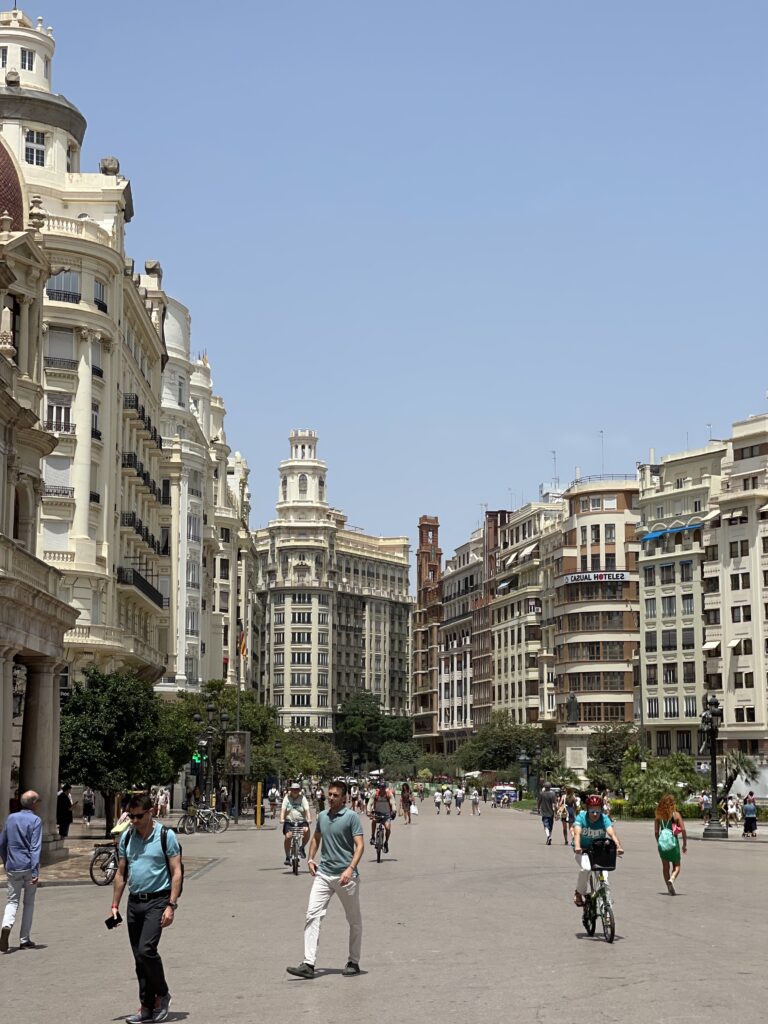
Valencia, a vibrant city located on the southeastern coast of Spain
As you stand in the square, surrounded by the grandeur of the City Hall building, you can’t help but be transported back in time. The square itself has witnessed countless historical events, serving as a witness to the city’s evolution over the centuries. From political rallies to festive celebrations, it has been a gathering place for the people of Valencia.
Leaving the square behind, you embark on a journey through the narrow, winding streets that lead to Valencia’s old city. As you wander through the labyrinthine alleys, you can’t help but feel a sense of wonder and anticipation. Each corner holds a secret, each building whispers a story.
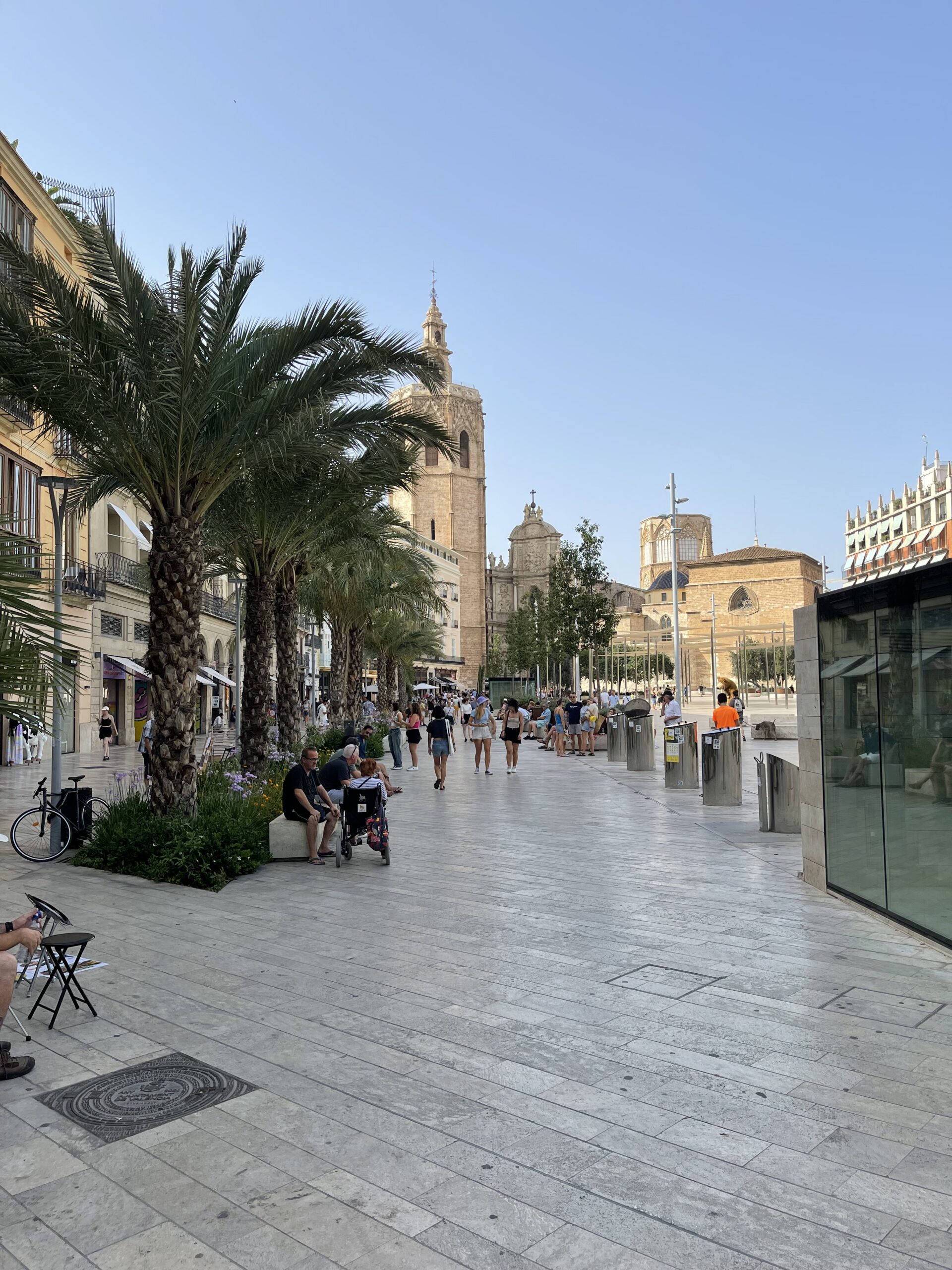
Plaza de la reina
Passing through the ancient city gates, you enter a world frozen in time. The old city of Valencia is a treasure trove of architectural marvels, showcasing a blend of Roman, Moorish, and Gothic influences. The streets are lined with colorful buildings adorned with intricate balconies and ornate facades, each telling a unique tale of the past.
One of the most fascinating stories unfolds as you stumble upon the majestic Valencia Cathedral. Its construction began in the 13th century, and it took several centuries to complete. The cathedral’s iconic bell tower, known as El Miguelete, stands tall, offering panoramic views of the city. Legend has it that the architect, Andrés Juliá, climbed the tower every day to ensure its perfection, even losing his life in the process. His dedication and sacrifice are forever etched into the cathedral’s history.
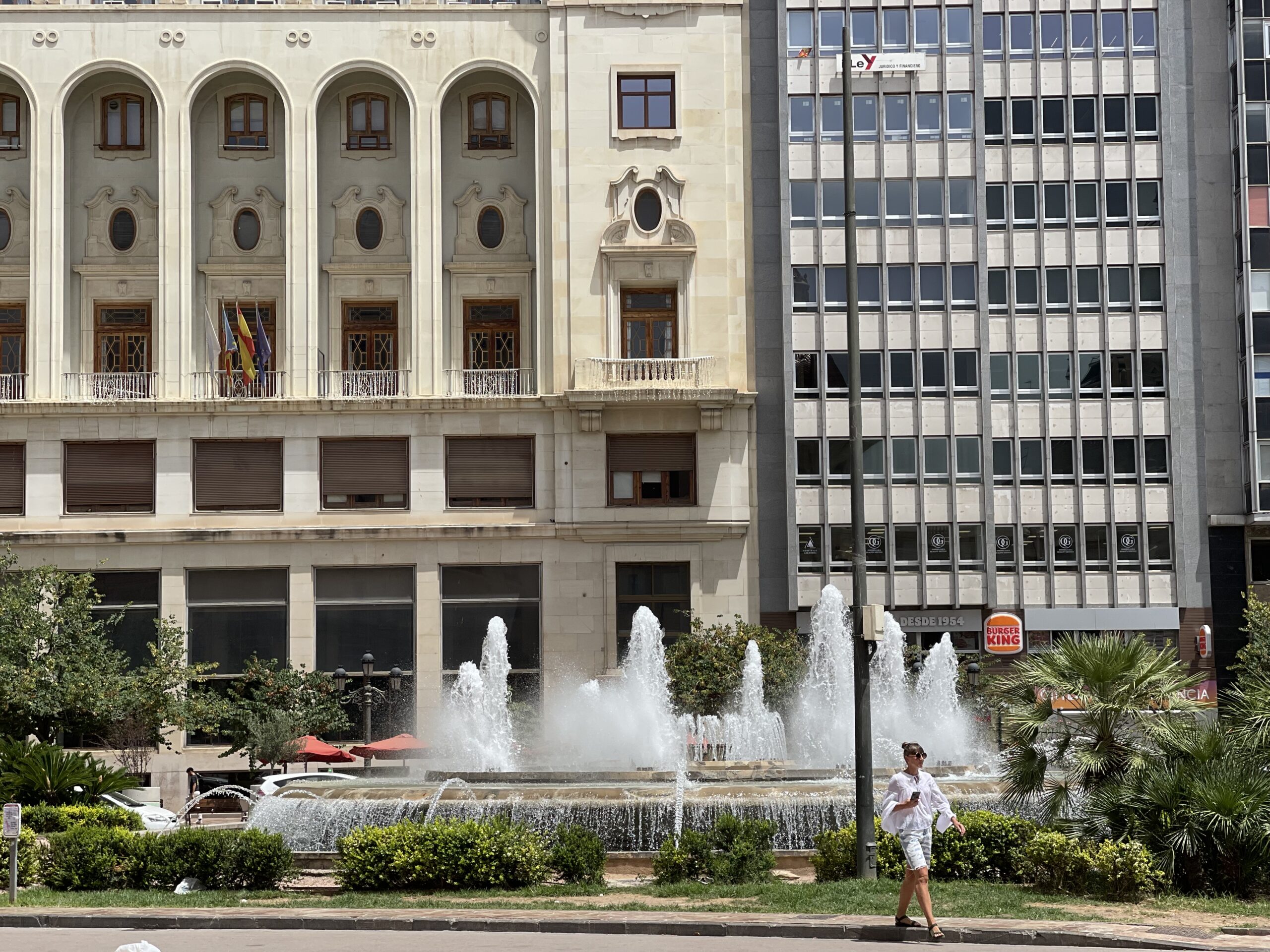
Plaza de lájuntament fountain.
Continuing your journey, you find yourself in the heart of the old city’s vibrant market, Mercado Central. This bustling marketplace, housed in a stunning modernist building, is a feast for the senses. The aroma of freshly baked bread, the vibrant colors of exotic fruits, and the lively chatter of vendors create an atmosphere that is both enchanting and intoxicating. Here, you can witness the age-old tradition of Valencian cuisine, with locals passionately selecting the finest ingredients for their beloved paella.
As you explore further, you stumble upon the Plaza de la Virgen, a picturesque square that exudes tranquility. This historic square is home to the Basilica of the Virgin of the Helpless, a revered religious site. It is said that the statue of the Virgin Mary housed within the basilica has protected the city from various calamities throughout history. Locals and visitors alike gather here to pay their respects and seek solace.
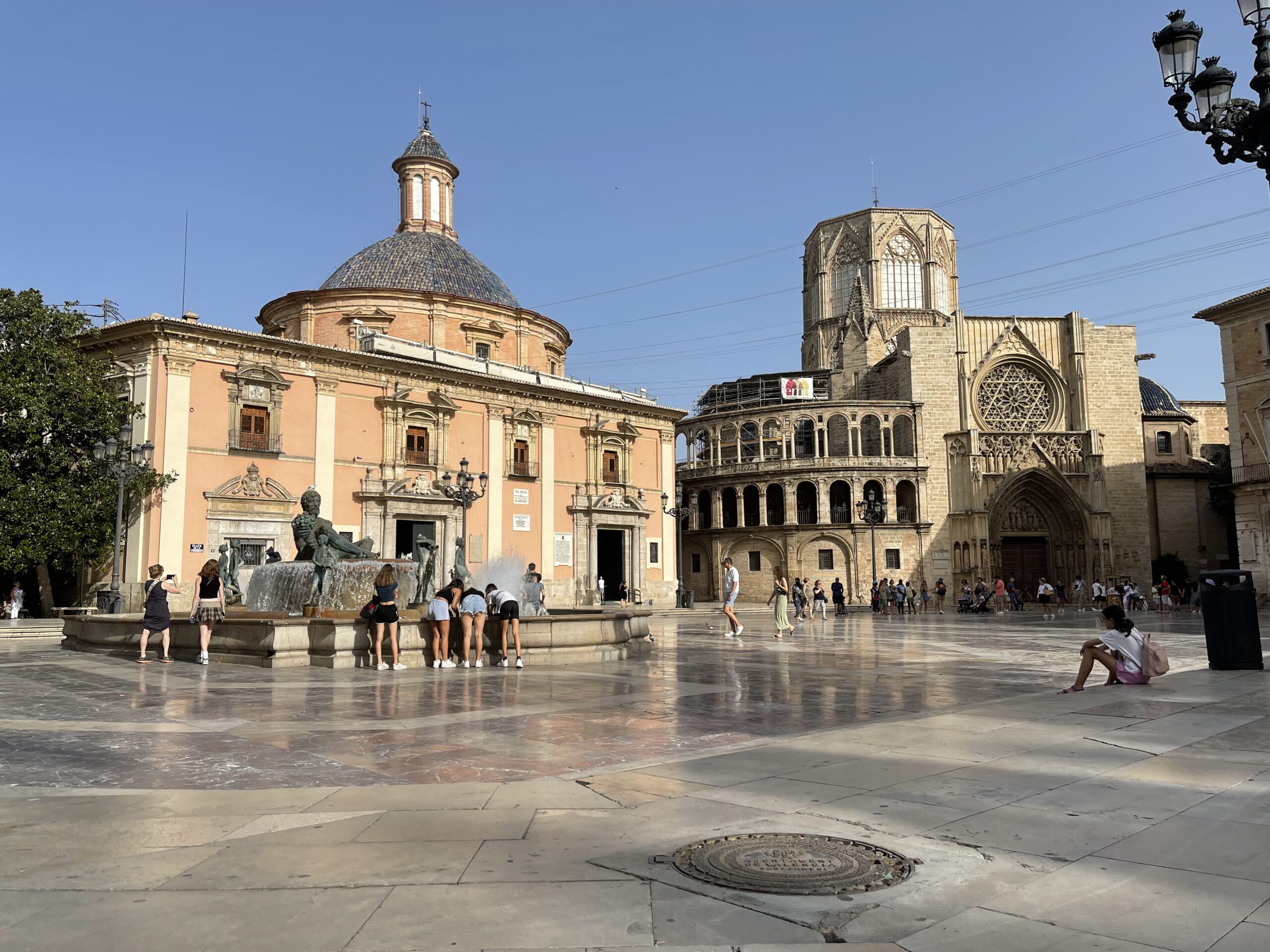
Plaza de la Virgen
The journey through Valencia’s old city is a captivating experience, where every step unravels a new chapter in the city’s rich tapestry of stories. From the City Hall Square to the ancient streets, each corner holds a piece of Valencia’s past, waiting to be discovered by those who dare to wander.
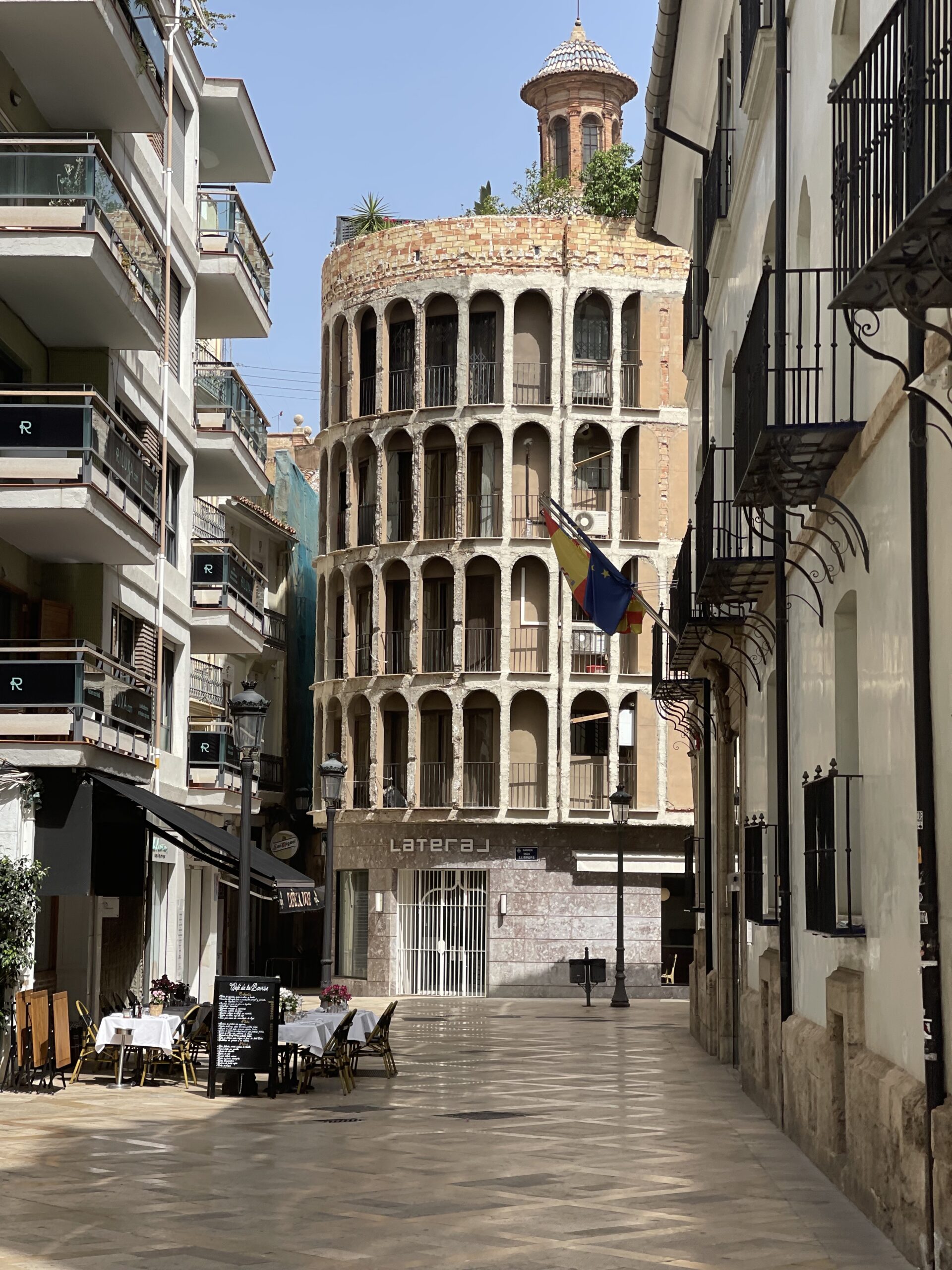
A unique building in Old city of Valencia
The History Of Valencia
The history of Valencia dates back to ancient times, with evidence of human settlements in the region dating back to the Neolithic period. However, it was during the Roman era that Valencia truly began to flourish. The Romans established a thriving colony known as Valentia Edetanorum, which served as an important hub for trade and commerce in the region.
After the fall of the Roman Empire, Valencia witnessed a series of invasions and conquests by various civilizations. The Visigoths, followed by the Moors, left a lasting impact on the city’s culture and architecture. Under Moorish rule, Valencia became a prosperous center of learning, art, and agriculture, with advancements in irrigation systems and the cultivation of citrus fruits.
In the 13th century, Valencia was reconquered by King James I of Aragon during the Christian Reconquista. This marked a new era for the city, as it became a part of the Kingdom of Valencia. The subsequent centuries saw Valencia experience a period of economic growth and cultural development, with the establishment of guilds and the rise of the silk industry.
During the 15th century, Valencia played a significant role in the Age of Discovery. It became a major port for maritime expeditions, with famous explorers such as Christopher Columbus and Amerigo Vespucci departing from its shores. This period also witnessed the flourishing of arts and sciences, with renowned painters like Joaquín Sorolla and writers like Ausiàs March emerging from Valencia.
However, the city’s prosperity was not without its challenges. In the 18th and 19th centuries, Valencia faced political instability and social unrest, particularly during the Napoleonic Wars and the Spanish Civil War. These turbulent times left their mark on the city, but Valencia managed to rebuild and recover, emerging as a vibrant and modern metropolis in the 20th century.
Today, Valencia is renowned for its rich history, stunning architecture, and vibrant cultural scene. Visitors can explore the remnants of its Roman past in the ancient ruins of the Roman Forum, marvel at the intricate details of the Gothic-style Valencia Cathedral, or wander through the charming streets of the historic quarter, known as El Carmen.
With its blend of ancient traditions and modern innovations, Valencia continues to captivate visitors from around the world, offering a glimpse into its fascinating past while embracing the opportunities of the future.
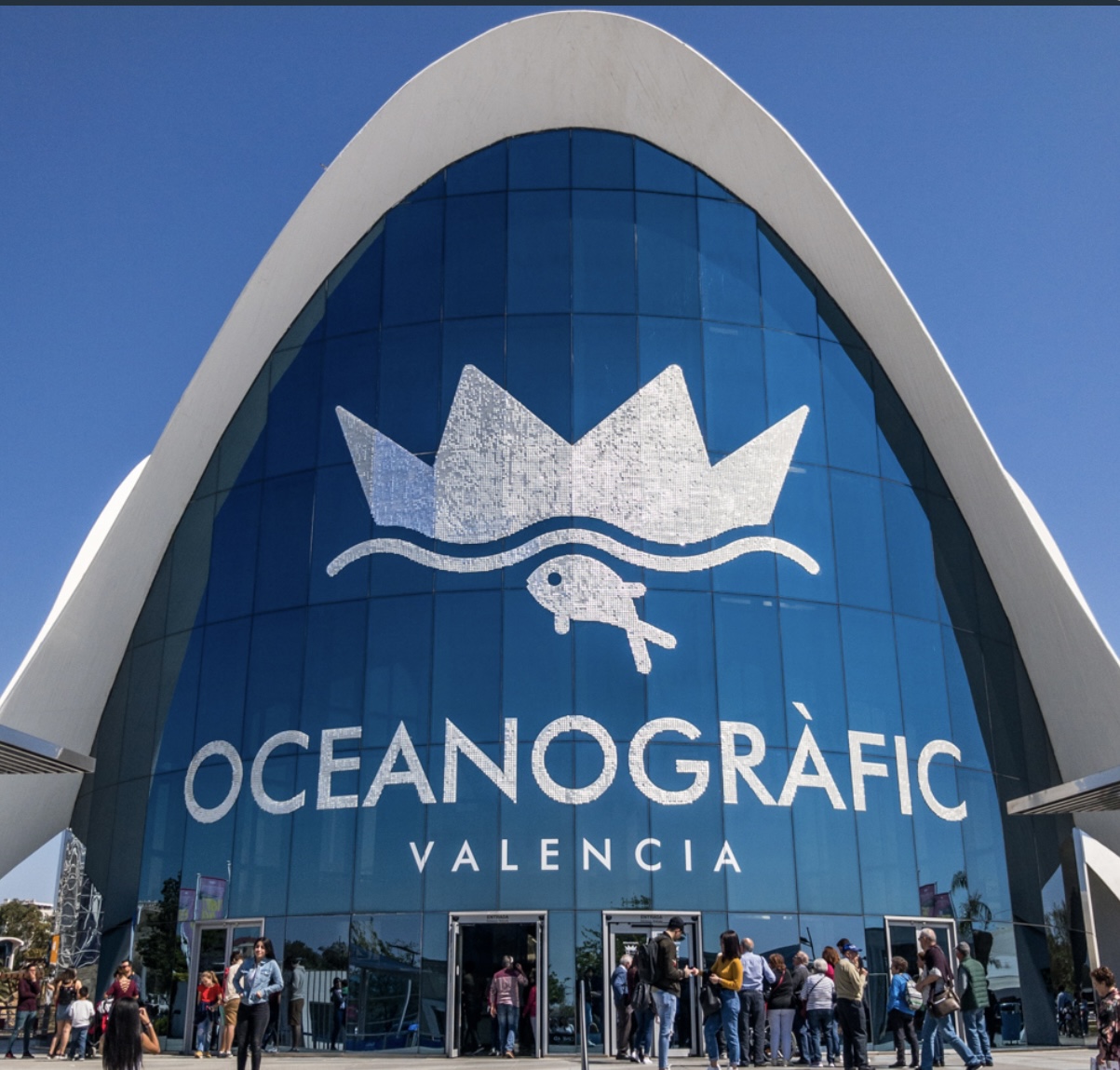
OCEANOGRAFIC, VALENCIA

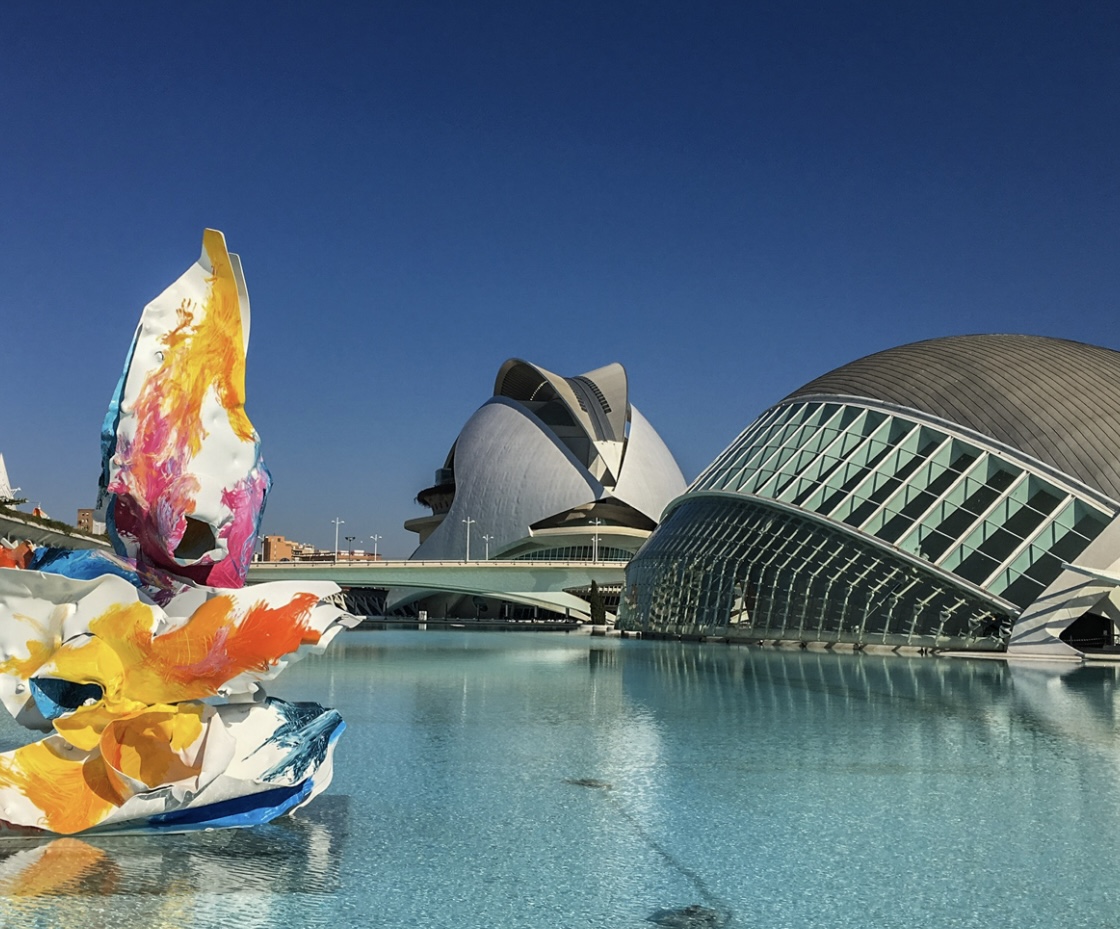
SCIENCE AND ART MUSEUM VALENCIA
Túria River
The history of the Túria River in Valencia is a tale that spans centuries, weaving together the rich tapestry of the region’s past. This majestic river, also known as the Turia, has witnessed the rise and fall of civilizations, shaping the destiny of Valencia and its people.
The story begins in ancient times when the river served as a lifeline for the Iberian tribes that inhabited the area. Its waters provided sustenance, allowing communities to flourish along its banks. As time passed, the Romans arrived, recognizing the strategic importance of the Túria River. They built bridges and established settlements, further harnessing its power for irrigation and transportation.
During the Moorish rule, the river took on a new significance. Elaborate irrigation systems were constructed, transforming the arid landscape into fertile farmland. The Túria River became the lifeblood of Valencia, enabling the cultivation of crops and the growth of a prosperous agricultural economy.
However, the river’s history is not without tragedy. In 1957, a catastrophic flood devastated Valencia, causing immense destruction and loss of life. In response, the city embarked on an ambitious project to divert the Túria River away from the urban center. The river was rerouted, and its former course was transformed into a magnificent park known as the Turia Gardens.
Today, the Turia Gardens stand as a testament to Valencia’s resilience and ingenuity. This sprawling green oasis stretches for miles, offering a sanctuary for locals and visitors alike. Lush gardens, playgrounds, sports facilities, and cultural landmarks now grace the river’s former path, creating a vibrant and dynamic space within the heart of the city.
As one strolls along the Turia Gardens, remnants of the river’s past can still be seen. Ancient bridges, such as the Puente de la Trinidad and the Puente de Serranos, stand as silent witnesses to the river’s enduring legacy. These architectural marvels serve as a reminder of the Túria River’s historical significance and its integral role in shaping Valencia’s identity.
The history of the Túria River in Valencia is a testament to the symbiotic relationship between humans and nature. It is a story of adaptation, resilience, and the transformative power of a river that has shaped the destiny of a city. As the Túria River continues to flow through Valencia, it carries with it the echoes of the past, reminding us of the rich heritage that lies within its waters.











